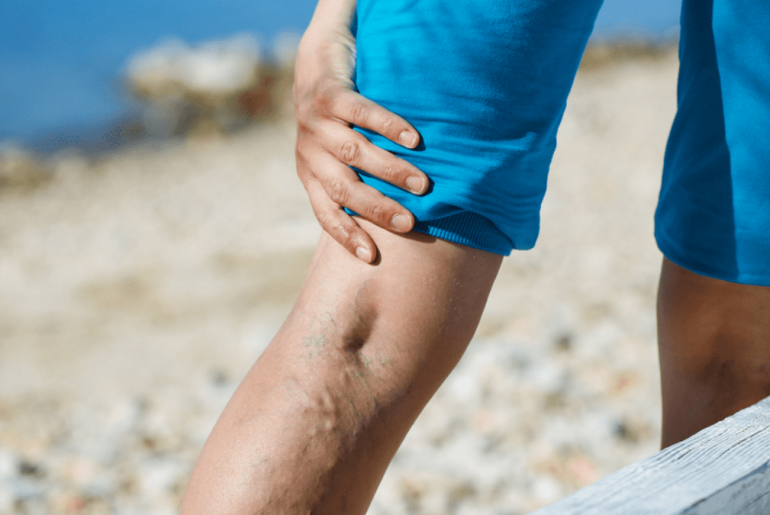Leg swelling, leg ulcers and wounds, and skin discoloration in your legs might indicate a vein health problem. It’s advisable to go for a comprehensive diagnosis when you experience these symptoms for health evaluation and treatment. Veins are essential for blood flow to the heart, but when they have problems, they may affect blood circulation. As a result, you may develop symptoms in your legs that may interfere with your daily living. The College Park Varithena specialist at Vascular Vein Centers provides specialized care and treatments to restore vein health. Keep reading to learn more about vein health.
What is varithena?
It is an FDA-approved injectable treatment used to treat and eliminate varicose veins, spider veins, and venous reflux disease. Varithena contains a sclerosing agent that is administered into the malfunctioning veins to close them and restore circulation in the healthier veins.
Venous insufficiency disease develops when blood flows back into your veins accumulating in your legs. Treatment for this vein issue is essential to relieving leg pain, swelling, achiness, itchiness, or heaviness.
Varithena contains a mixture of carbon dioxide and oxygen, which easily dissolves in blood. It occurs in the form of a microfoam that collapses the vein walls of the damaged vein, causing blood flow to move to healthy blood vessels.
What does the varithena procedure involve?
The procedure involves your provider making a direct injection into the varicose vein, or spider vein using a small needle or a catheter. They use ultrasound guidance for accuracy. Your provider may apply pressure to the vein as the sclerosing agent distributes in the vein.
Your number of injections depends on the number of treated veins. Your provider recommends wearing compression stockings for some days to prevent blood clots. The Varithena procedure usually takes less than an hour.
What to expect during recovery after varithena?
You return home after the treatment. Your provider recommends walking for about 15 -20 minutes every day after your treatment. You should avoid heavy workout exercises for at least a week and sit for extended periods.
You should avoid sunbathing or a hot bath for two or three days after the varithena procedure.
Varithena eliminates symptoms related to vein health issues and improves circulation, but the results may not be permanent. You may need additional treatment sessions to maintain your results. Ensure to go in for follow-up checkups that help monitor your progress and response to treatment.
When can you see the results?
Usually, you may notice results after four weeks. For some people, it may take up to eight weeks.
Why should you use varithena to treat vein issues?
Varithena is an ideal treatment option for spider and varicose veins. It improves blood flow in your legs and eliminates throbbing, soreness, and heaviness.
Varithena restores your leg appearance after varicose veins, enhancing a more smooth and evenly toned complexion. Unlike other treatments, varithena has no risk of nerve or tissue damage. However, it may cause blood clots or ulcer formation. Varithena may also lead to allergic reactions such as headaches, swelling, rash, or headaches.
Varithena is safe and may give effective results for varicose and spider veins. Contact Vascular Vein Centers today to schedule your consultation and learn how varithena works.

